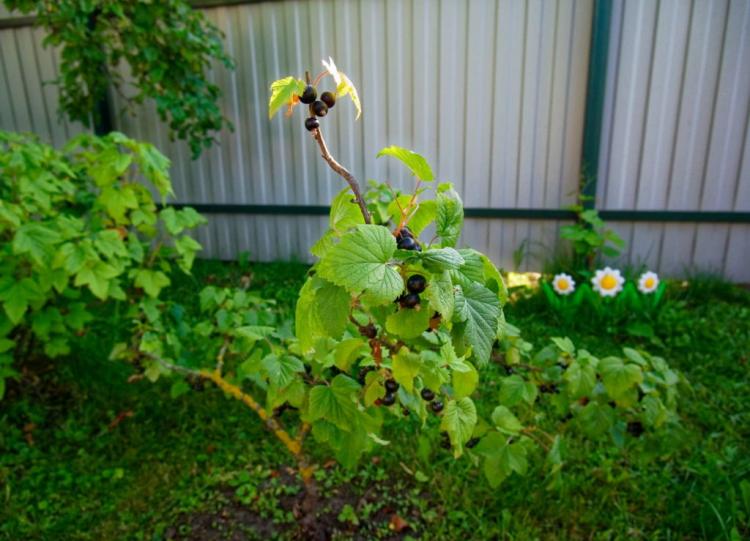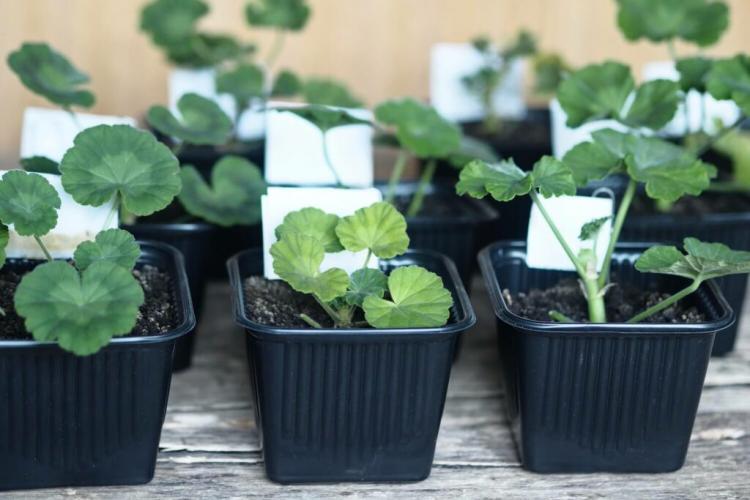Propagating currants: cuttings, sinkers and sowing
Make two, three, or even more out of one: We’ll tell you how you can easily propagate your currant plant yourself in various ways.
The simplest and therefore most widespread method of propagating currants (Ribes ) is to propagate cuttings. Propagation can also be achieved with the production and cutting of sinkers, but propagating cuttings with currants is much easier by hand. We have compiled more details on the various methods for you here.
Propagate currants
Table of Contents
Propagation via cuttings is a vegetative type of propagation in which a plant is cloned. This means that after a successful propagation – for example, a ‘Jonkheer van Tets’ currant plant – you get one or more new plants of the same variety with all their properties. Usually, this is very desirable and a great advantage of vegetative reproduction.
You might so like: Laurel: The Warmth-Loving Spice Bush In Portrait
When propagating currants in your own garden, however, this plus point is only partially beneficial. Because with currants, fertilization improves when several different varieties are next to each other or at least near. Red ( Ribes rubrum ) and white ( Ribes Sativa ) currants get more and larger fruits and with some black currant varieties (Ribes nigrum ), which are self-sterile, another variety is even necessary for the fruit to be produced at all. For this reason, it is not advisable to buy a single current plant and propagate it after a few years.

This way, several plants of the same variety will grow side by side and you will miss a bigger harvest than would be possible with planting one or two more plants of other varieties. We, therefore, recommend that you swap vegetatively propagated currants with neighbors or acquaintances, for example, to bring foreign varieties into your own garden. However, you should make sure that the foreign plant material is healthy and that no pathogens are introduced.
You might so like: Currants: Everything From Planting To Harvest
Propagate currants by cuttings
The term “cutting” is not quite correct in the case of currants. Actually, it is cuttings, as the current shoots that are used for propagation are much more lignified than herbaceous cuttings. You can get these well in autumn after the leaves have fallen or in early spring before the plant has sprouted. To do this, proceed as follows:
- Pick one or more strong, healthy shoots. Annual shoots are best in autumn and biennial in spring.
- You can cut several cuttings from one shoot. Each log should be about 20 cm long and have at least two to three eyes, i.e. buds. Cut the cuttings at an angle so that no water collects on the cut when it rains, as this could lead to fungal infections.
Tip: Use sharp and, at best, disinfected secateurs to cut the cuttings.

- Prepare the growing bed or a pot with potting soil: A partially shaded place with humus-rich, well-loosened soil is ideal for this. If you cover the soil with mulch film, this protects against dehydration and keeps weeds away. A layer of mulch made of compost, leaves, or grass is also suitable.
- Now stick the cuttings so far into the earth that at least two eyes remain above the surface of the earth. Make sure the buds are facing up.
- Finally, you still need a lot of patience. Water the cuttings when it is dry. The soil should always be slightly moist, especially at the beginning.
After a few weeks, the cuttings finally begin to form roots. After half a year to a year, the cuttings are either planted in a larger pot or their future place. Because the more space there is for the roots, the easier it is for them to spread. Bed beds have the advantage that they usually have to pay less attention to an adequate supply of water. You can dispose of cuttings on the compost that have failed to form roots and that do not sprout.
You might so like: Medicinal Valerian: The Calming Herb In Your Garden
When the first shoots are about 5 to 10 cm long, they are pinched, that is, the tips of the shoots are cut off. This promotes the desired branching of the currant bush. About three years after your own propagation, you can expect the first harvest of the delicious sweet and sour currants.
Propagate currants by lowering
Currants can also be propagated using sinkers, but this is not so practical, since fewer new young plants can be produced from a current shoot compared to propagation using cuttings. Sinkers live up to their name: A shoot is bent in such a way that it does not break, but can be placed in the ground at one point. There it is then attached with a wire or stone.

However, the tip of the shoot still looks out of the ground. Roots form at the shooting point, which is in the ground. After a while, an independent plant has formed that can now be separated from the mother plant. Here, too, it is a genetic copy of the same.
Sow currants
We advise against sowing currant seeds. Above all, the fruit properties change significantly in the following generation due to the splitting. As a rule, however, this does not happen in the desired direction. The berries are unfortunately much smaller and often have an almost inedible sour taste.






